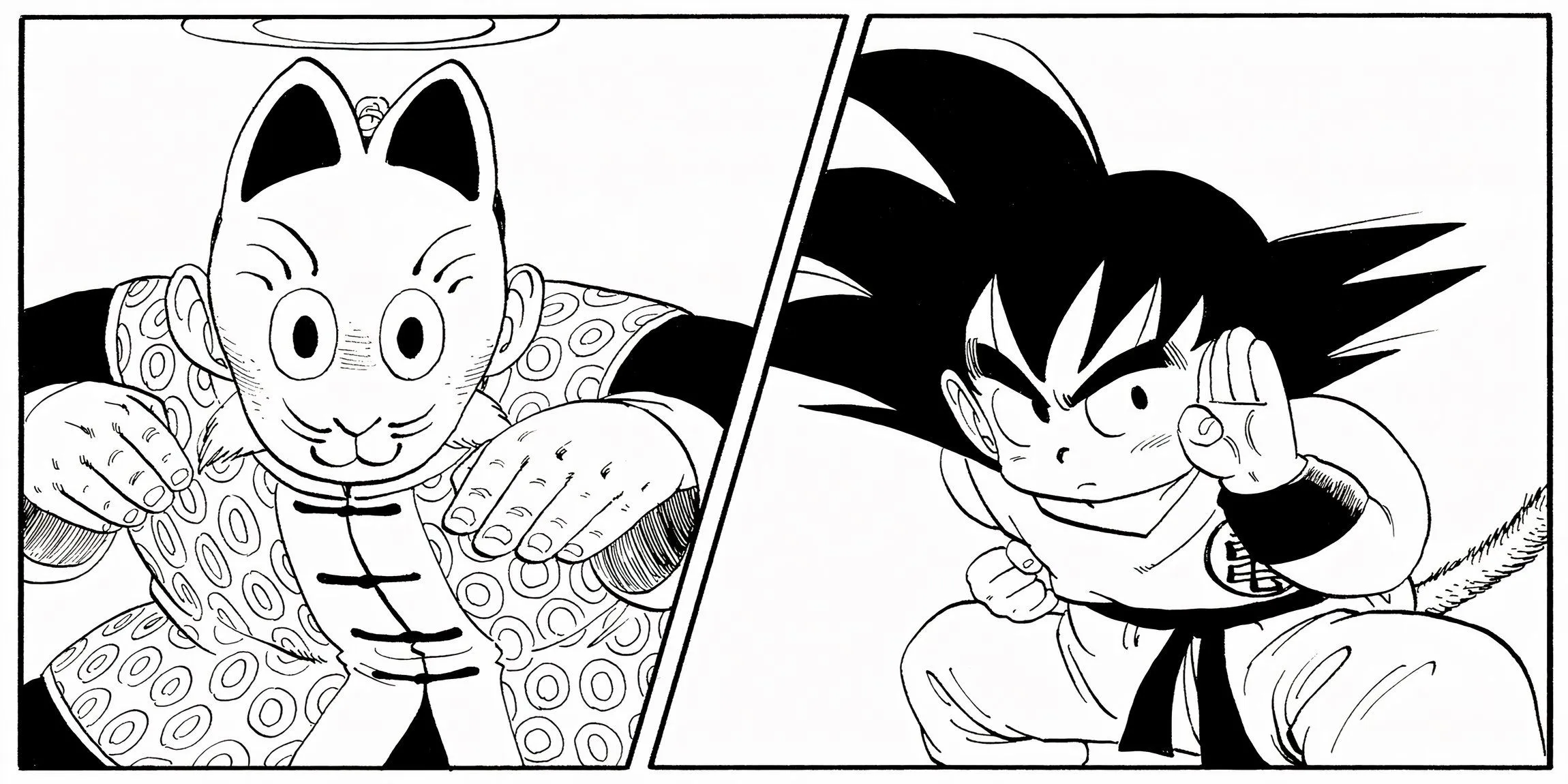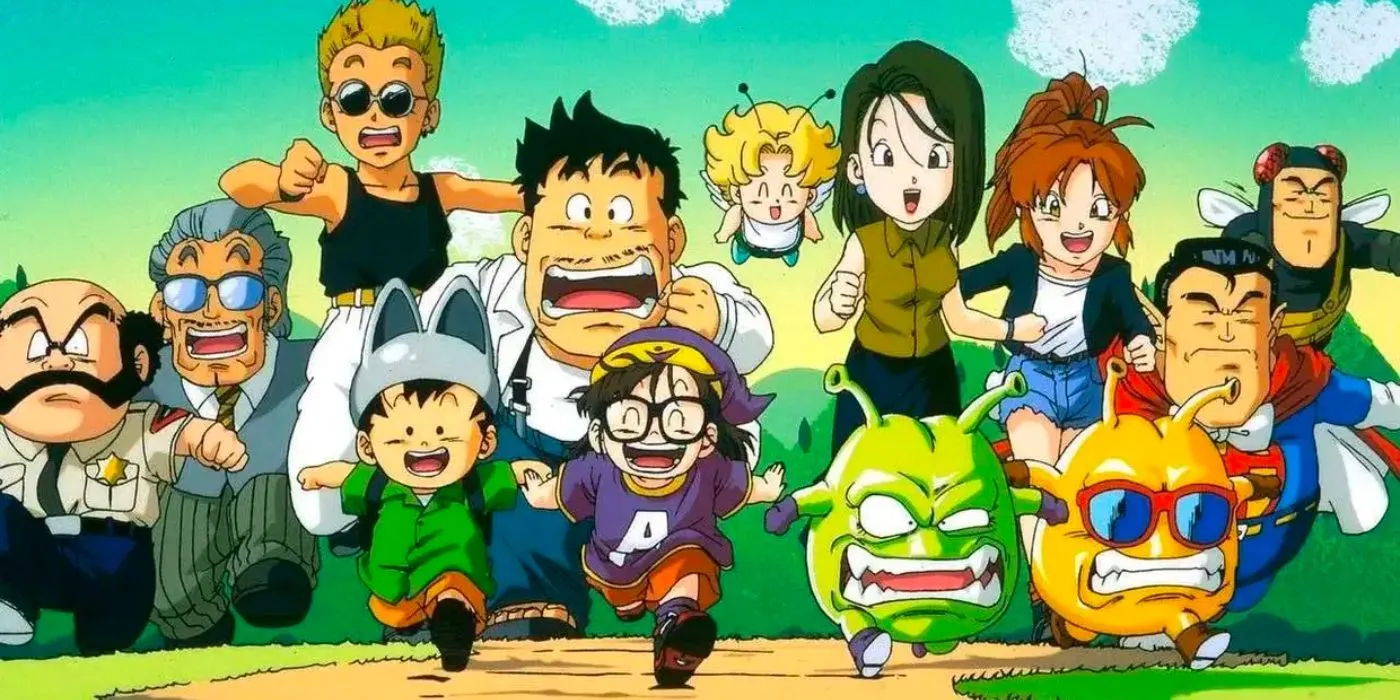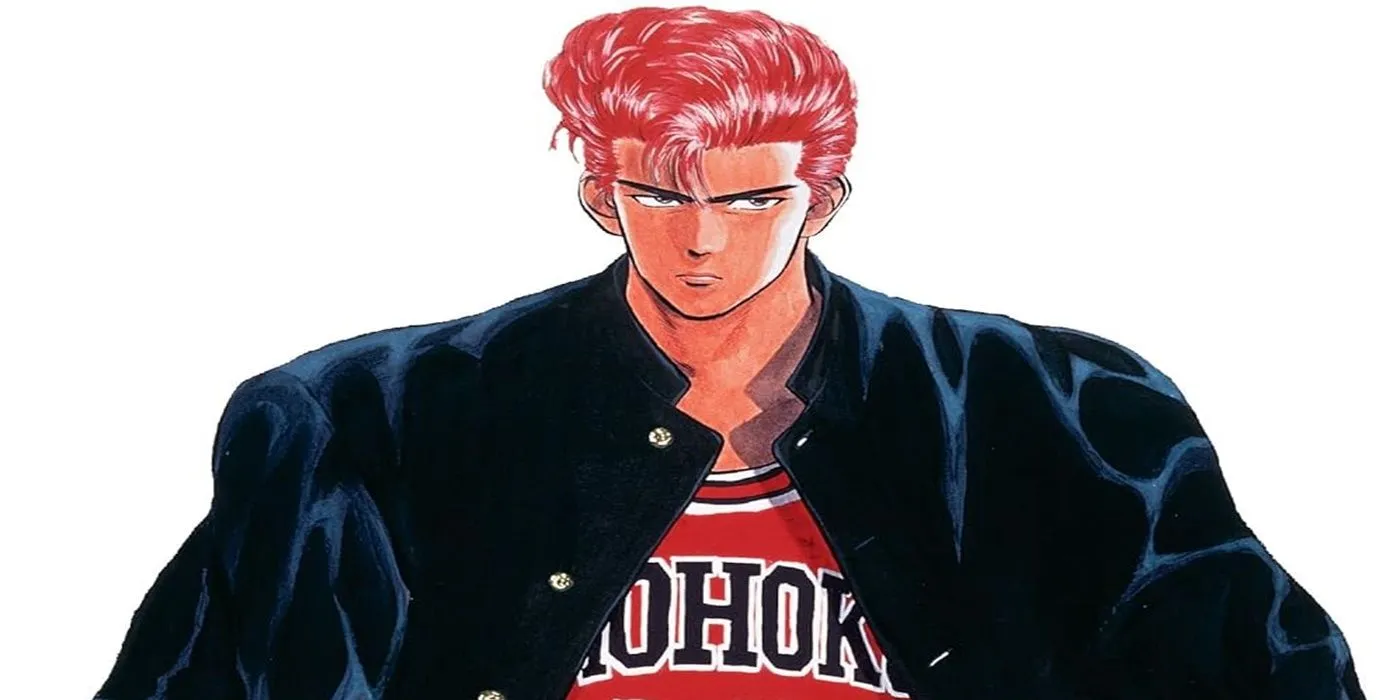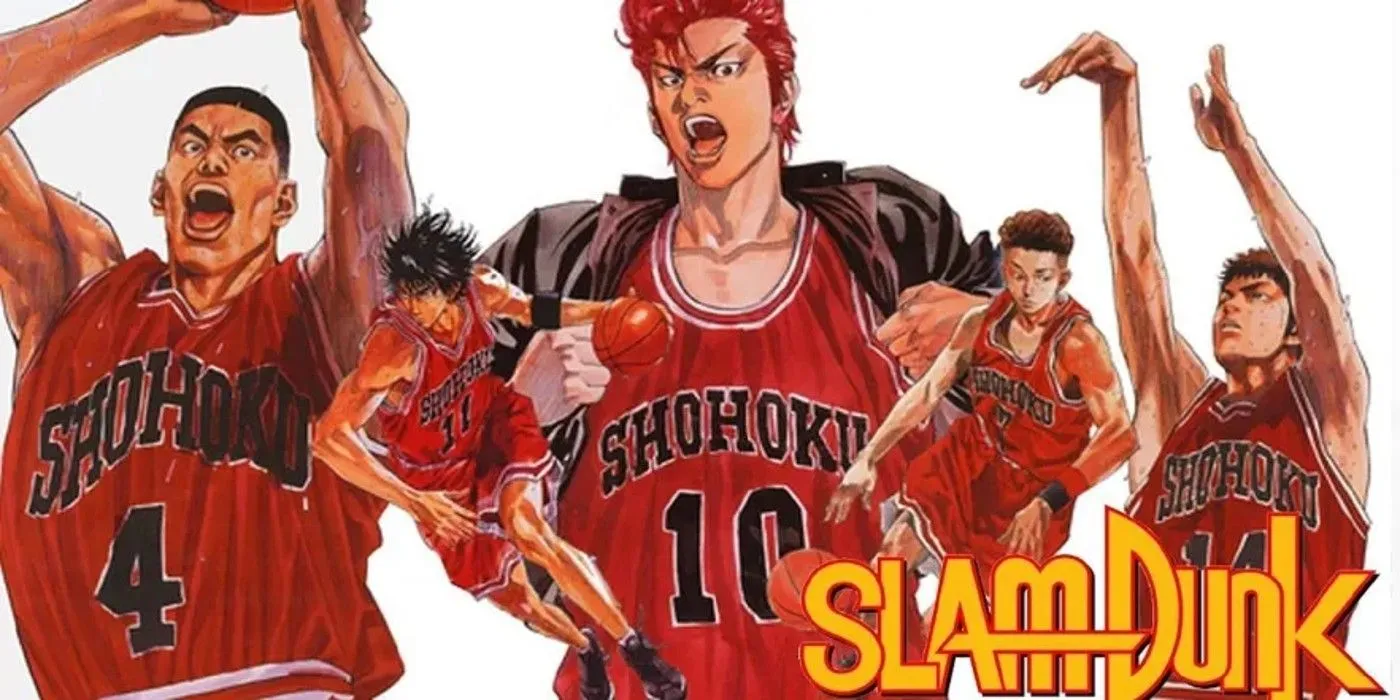
Weekly Shonen Jump has long been a cornerstone of the manga landscape, shaping trends and introducing audiences to some of the most celebrated characters and narratives in the realm of Japanese pop culture. Renowned for its captivating action stories, touching coming-of-age arcs, and unforgettable journeys, Shueisha’s premier publication has been home to numerous best-selling manga titles that have not only enchanted millions but also helped define entire eras within the manga industry.
Although many notable works from the magazine have faded into obscurity, it is the best-sellers that have left a lasting impression globally. Remarkably, for the years spanning 1980 to 2024, the majority of Japan’s best-selling manga has been featured in Weekly Shonen Jump, with only five years marking a departure from this trend.
|
1980 |
Dr. Slump |
|
1981 |
Dr. Slump |
|
1982 |
Dr. Slump |
|
1983 |
Kinnikuman |
|
1984 |
Kinnikuman |
|
1985 |
Kinnikuman |
|
1986 |
Hokuto no Ken |
|
1987 |
Dragon Ball |
|
1988 |
Dragon Ball |
|
1989 |
Dragon Ball |
|
1990 |
Dragon Ball |
|
1991 |
Dragon Ball |
|
1992 |
Dragon Ball |
|
1993 |
Slam Dunk |
|
1994 |
Slam Dunk |
|
1995 |
Slam Dunk |
|
1996 |
Slam Dunk |
|
1997 |
Kindaichi Case Files |
|
1998 |
Detective Conan |
|
1999 |
Detective Conan |
|
2000 |
One Piece |
|
2001 |
One Piece |
|
2002 |
One Piece |
|
2003 |
One Piece |
|
2004 |
One Piece |
|
2005 |
Nana |
|
2006 |
Death Note |
|
2007 |
One Piece |
|
2008 |
One Piece |
|
2009 |
One Piece |
|
2010 |
One Piece |
|
2011 |
One Piece |
|
2012 |
One Piece |
|
2013 |
One Piece |
|
2014 |
One Piece |
|
2015 |
One Piece |
|
2016 |
One Piece |
|
2017 |
One Piece |
|
2018 |
One Piece |
|
2019 |
Demon Slayer: Kimetsu no Yaiba |
|
2020 |
Demon Slayer: Kimetsu no Yaiba |
|
2021 |
Jujutsu Kaisen |
|
2022 |
Jujutsu Kaisen |
|
2023 |
Blue Lock |
|
2024 |
Jujutsu Kaisen |
This extensive overview of best-selling series over more than 40 years highlights Shonen Jump’s remarkable evolution while consistently delivering groundbreaking narratives. Analyzing these figures not only reveals which manga have captured readers’ hearts but also sheds light on the most successful genres and creators of each era, offering a fascinating retrospective on the progression of shonen manga.
1980s: The Foundation of an Era
A New Wave of Action and Adventure





The 1980s heralded the emergence of Shonen Jump as a formidable force, with popular titles such as Akira Toriyama’s Dr. Slump and Kinnikuman capturing reader attention. These works established a standard for future publications, emphasizing innovative world-building, intricate character development, and dynamic, action-oriented storytelling.
By 1984, Kinnikuman had reached iconic status, its compelling plots and thrilling combat redefining the action genre. Simultaneously, the debut of Dragon Ball in 1984 transformed narrative structure within manga, thanks to Toriyama’s signature humor and unforgettable fight scenes. Toriyama’s distinct art style dominated this decade, leading to Dragon Ball solidifying its position as the best-selling series by the decade’s end, setting records and shaping the future of manga.
1990s: A Golden Age of Manga
The Reign of Dragon Ball and Sports Manga





The 1990s are often celebrated as the golden age of manga, with Shonen Jump establishing itself as a powerhouse of legendary titles. Dragon Ball maintained its monumental success into the early ’90s, selling millions globally and spawning an immensely popular anime adaptation.
However, the mid-’90s ushered in a new era with the debut of Slam Dunk, a basketball-themed manga that expanded the demographic appeal beyond traditional action stories. Takehiko Inoue’s engaging narrative and authentic characters made it a bestseller from 1994 onwards. Towards the end of the decade, One Piece emerged in 1997 and swiftly became another hallmark of Shonen Jump, captivating audiences with its vibrant world and endearing characters, thus laying the groundwork for the future of manga.
2000s to 2024: The Age of Titans
One Piece, the Big Three, and a New Generation




From the turn of the millennium onward, One Piece has reigned supreme in the pages of Shonen Jump with an impressive record of sales that has lasted over two decades, establishing itself as the best-selling manga ever.
Alongside it, Naruto and Bleach formed the ‘Big Three’, attracting significant global audiences and helping to popularize shōnen manga worldwide. These series not only enhanced the storytelling framework but also pushed the artistic boundaries of manga, elevating Shonen Jump’s global cultural influence.
In the 2020s, titles such as Demon Slayer: Kimetsu no Yaiba and Jujutsu Kaisen have rekindled the magazine’s popularity, resonating deeply with today’s generation. Their emotionally rich narratives and thrilling high-stakes battles have drawn in a new wave of fans, while My Hero Academia has also captured substantial acclaim, even if it has not secured the top sales rank.
Through its ever-evolving portfolio of bestsellers, Shonen Jump has demonstrated its remarkable ability to adapt while remaining grounded in its mission to offer thrilling and heartfelt stories. From the explosive narratives of the 1980s to the sophisticated storytelling found in contemporary hits, Shonen Jump has solidified its status as the gold standard in manga publishing. Should its successful trajectory continue, it is poised to perpetually influence and redefine the manga landscape for future generations.




Leave a Reply